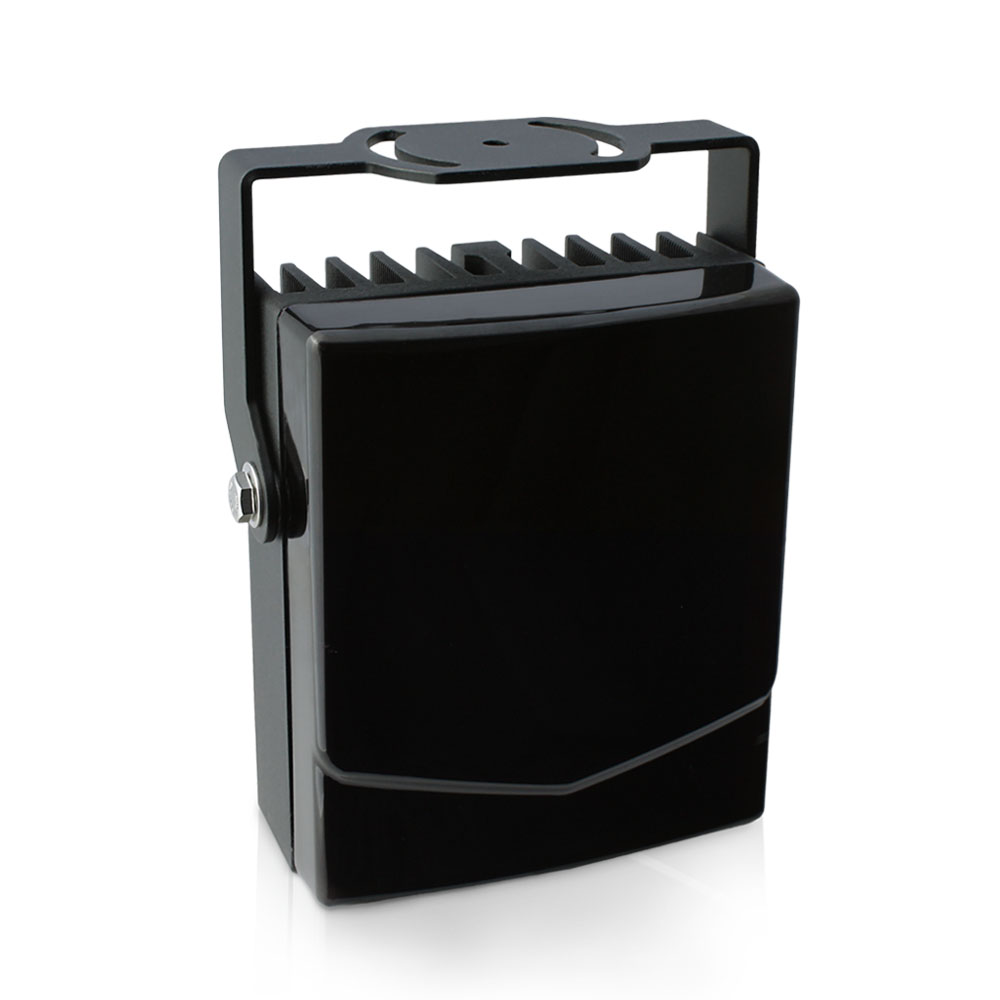Thanks. I just got to looking and realized that you don't seem to be able to buy an actual 730nm IR blaster. Unfortunately I already have 3 LPR cameras we purchased, about $2k each and didn't realize that they didn't like Tennessee's license plates.
Yes there are, but you need to know if your camera can reliably see it. What camera make/model do you have that you spent $2k on? I would confirm from the manufacturer that it can see 730nm before you fork out quite a bit for these blasters.

Driver Recognition Lighting | VARIO2 | Raytec LED Lighting
730nm Far-Red illuminators for transport applications. Driver recognition lighting and occupancy detection. UK-made and designed.





